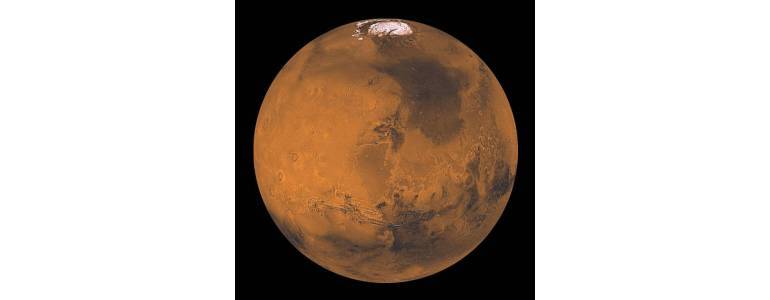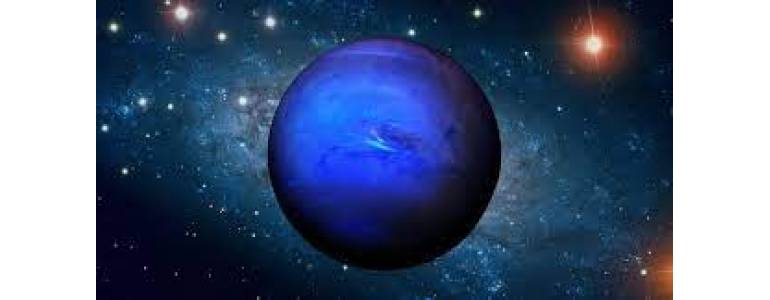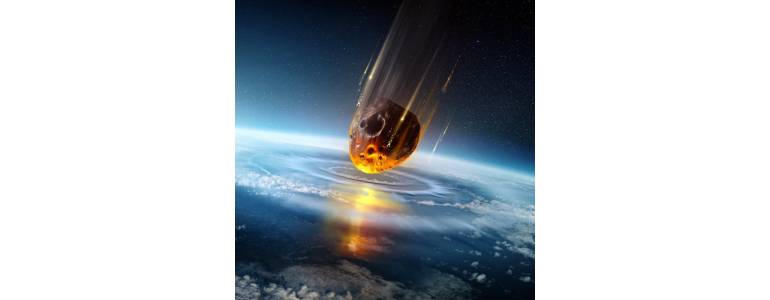The red planet
The red planet, Mars, has been known to humans since ancient times. It has been the subject of dozens of space missions and will hopefully soon become the first planet on which astronauts will land. In this article, we will tell you everything you need to know about Mars and answer the most common questions […]








